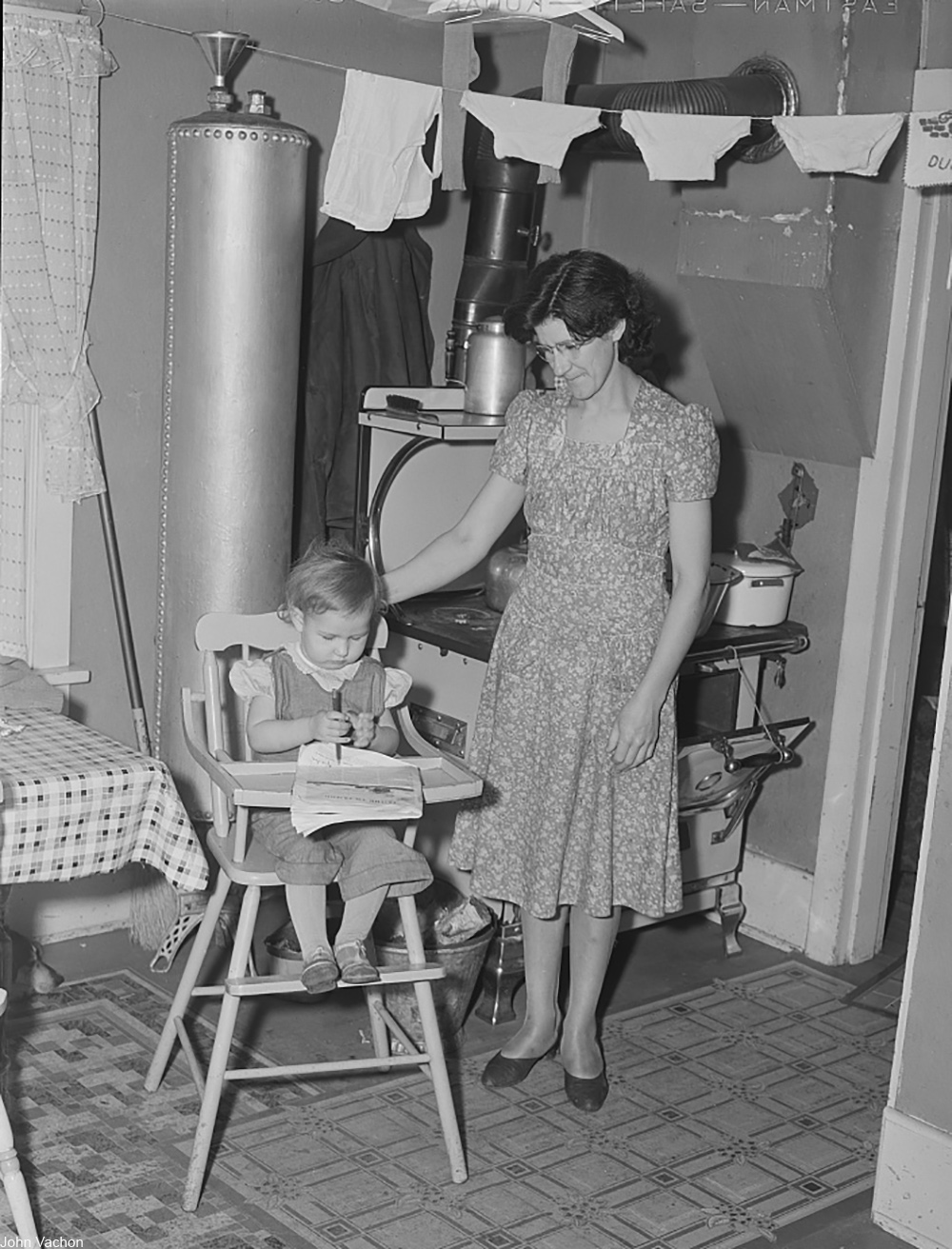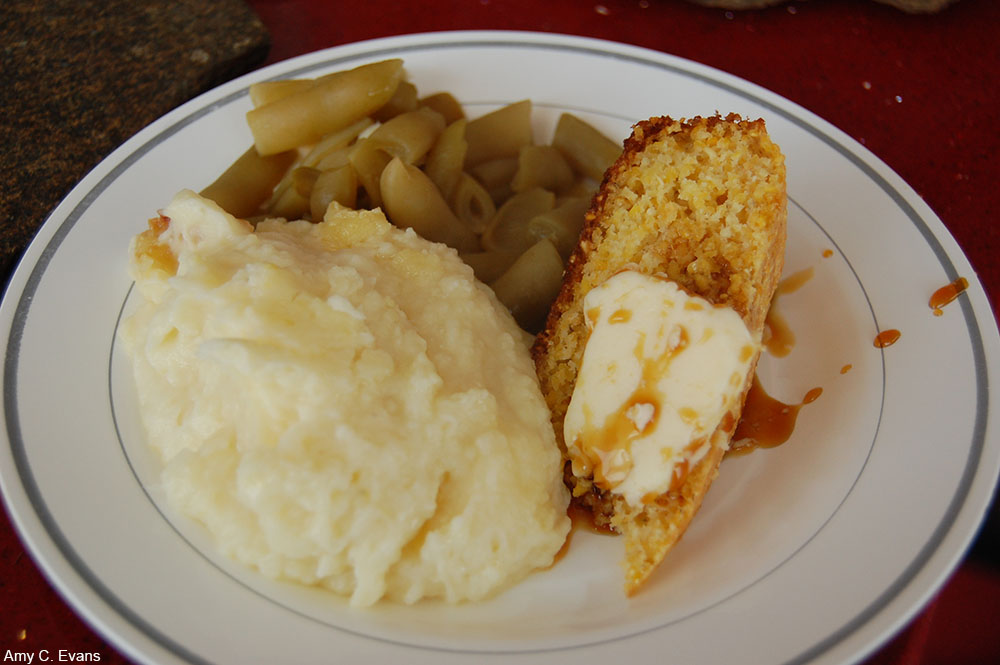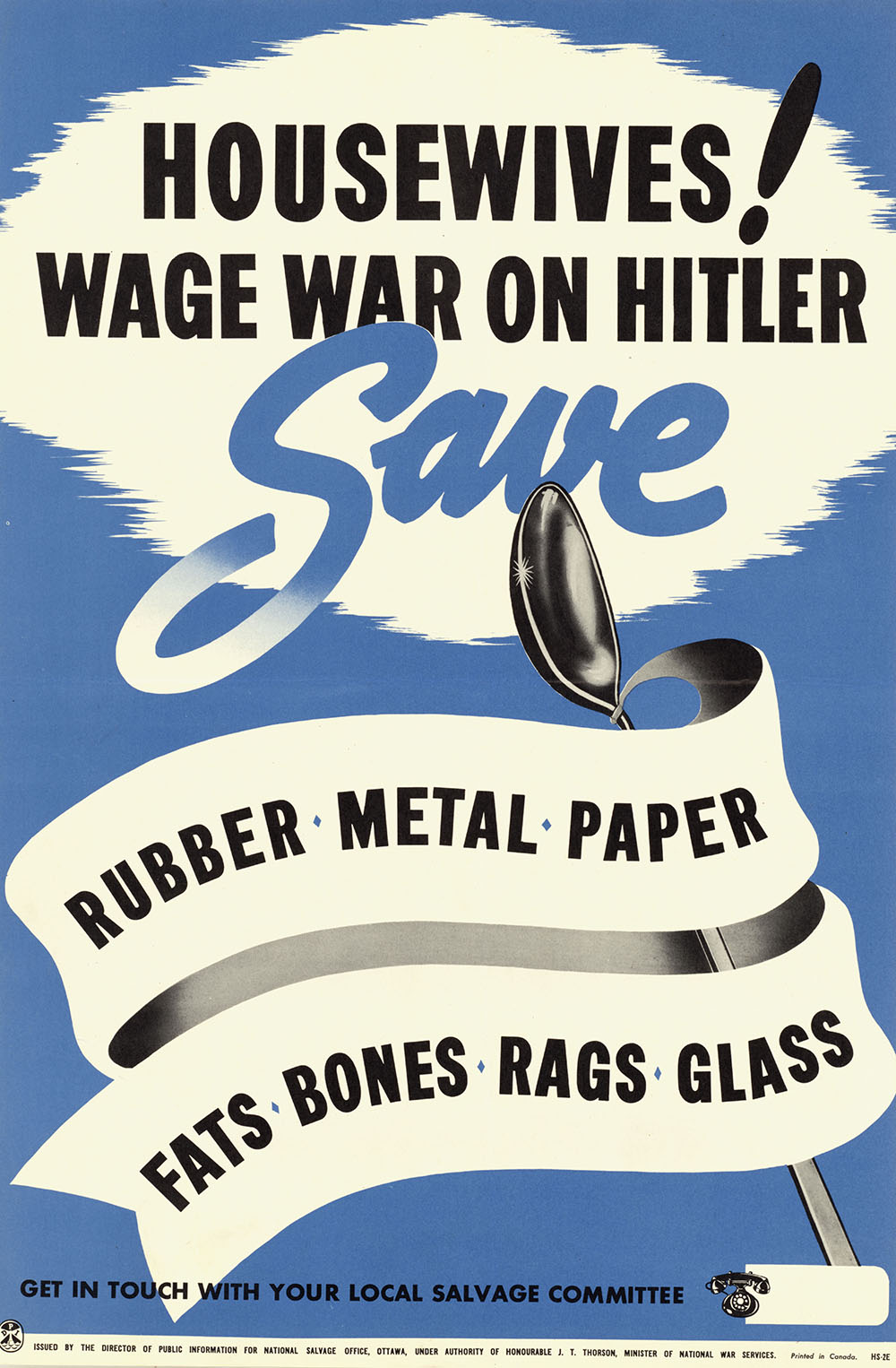Housewives had to adapt to a changing selection of foods at the grocery store and a general “make do with less” attitude that rationing enforced. Luckily most women at the time were extremely good at planning. And, having just lived through the Great Depression, they were used to making things last as long as possible.
In the 1940s the government issued pamphlets and held classes on ways to cook on the ration, but guidance also came from the private sector. Recipes in ladies’ magazines also encouraged a bevy of strategies to make food stretch further. Here are just some of the ways that women back then truly mastered the art of frugality.

Substitutions
The dark and rich dried chicory root was used to make weak coffee taste stronger, sometimes even replacing coffee altogether. Another coffee replacement was Postum, an instant drink made from toasted wheat. This is just one example of how people made do without their favorite items in the 1940s.

Meatloaf
Meatloaf and various kinds of casseroles were common ways to stretch ingredients or to disguise certain foods. Government recipes included directions on how to do this. These dishes became so popular that we still eat them today.

Meatless Meals
Vegetarian meals became the norm during World War II. Of the 21 meals on a proposed weekly meal plan from during the war, only 1/3 of them contained meat. Instead of meat, main dishes for meals were suggested to be things like rarebit (an open faced sandwich of melted cheese on toast) or beans with bread.

Reduced Sugar
To make desserts housewives used less sugar. Fruit desserts and low-sugar puddings became common during this time, though often it was corn syrup that replaced the sugar in recipes as it was not as in demand for troops’ rations. One recipe for apple pie from the era used only 1 tablespoon each of sugar and warm honey for sweetness, which shows that corn syrup was not always an option for some families. But, they made do!

Gardening
Many housewives who were able took up gardening as a way to reduce the bill at the grocery store. This also meant that they weren’t restricted to only what was available on rations. At the time canned goods were especially useful to troops overseas, so reducing the civilian demand for canned fruits and vegetables was vitally important. Victory gardens popped up all over the U.S. and housewives were encouraged to can whatever they could at home.

Energy Saving
Posters and media created by the U.S. government urged people to save energy in every way possible. People were encouraged to walk or ride share and gasoline was rationed. Even water was warned to be conserved. Any attempt at saving the nation money through conserving resources was publicized during this time.

Recycling
People were encouraged to recycle everything, despite the fact that garbage collection recycling was not yet enacted. Instead, there were drives for scrap rubber and metal, as well as for used cooking fats.

Use It Up
Housewives made use of everything they could. At home housewives made their clothing, supplies, and housewares last longer by mending them. When that couldn’t be done, they recycled them into something else. Old dresses became rags, an old suit might become a ladies suit skirt, and scraps of fabric were saved to make quilts.
They saved buttons off old shirts, they braided rags to make rugs, and a dish called Waste Not Soup was popular. To make this dish, throw together any vegetables that are about to spoil with salt, pepper, spices, beans and/or a small quantity of meat (if available), and soup stock or water. The result was different each week, but fed many a family at dinnertime.

We might not be under the same threat of war that people in the 1940s faced, but these ways of being frugal can still help us today if we so choose.













